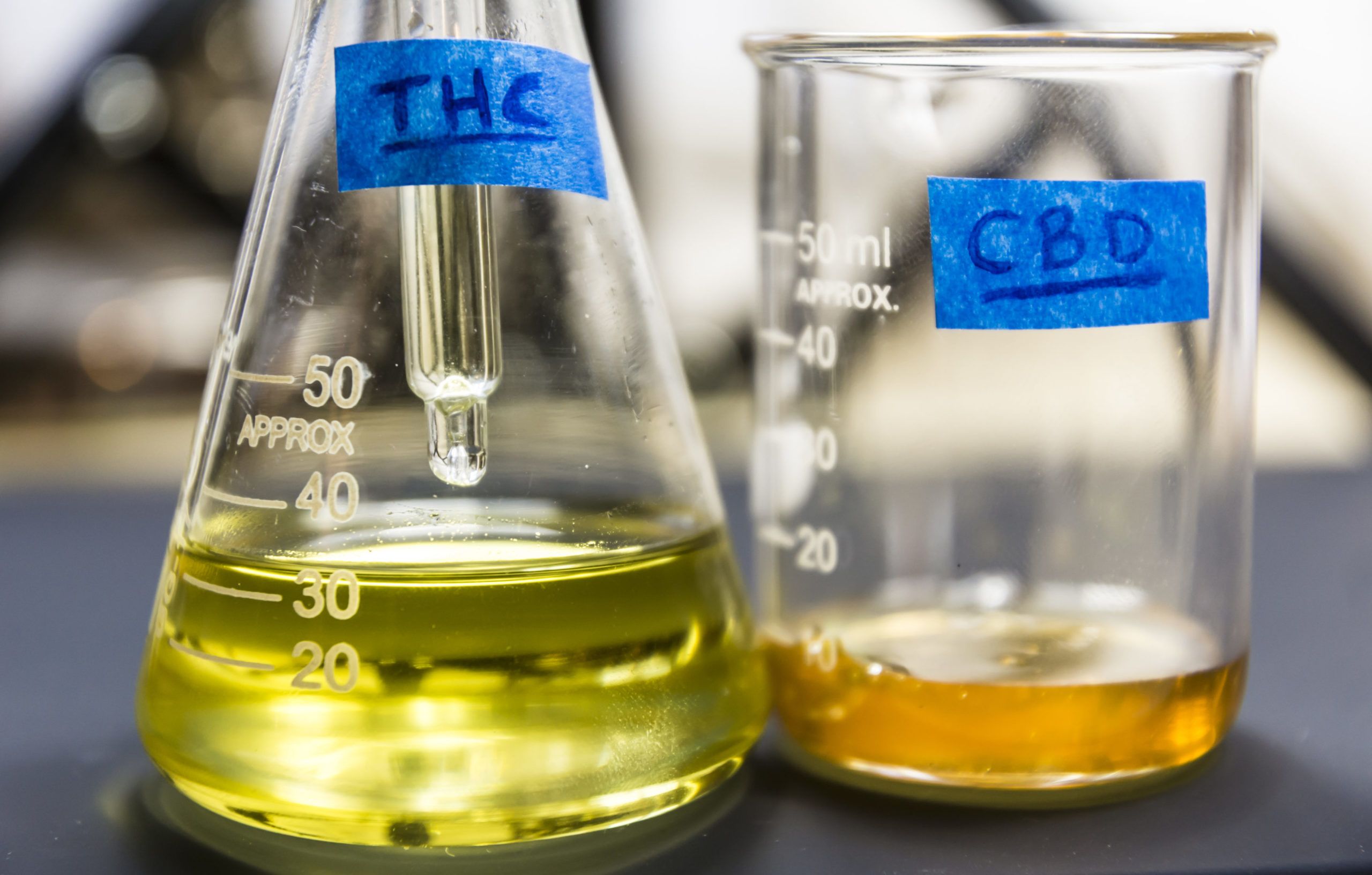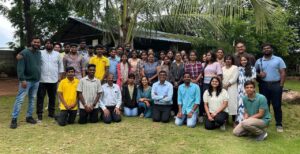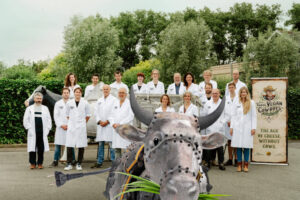Hyasynth Bio is a Montreal-based biotech startup that has developed a way to produce the active compounds in cannabis without ever growing a plant. Cannabis’s most plentiful active compounds, the non-psychotropic cannabidiol (CBD), and the quite psychotropic tetrahydrocannabinol (THC) are both currently being studied by small to mid-sized pharmaceutical companies for possible treatment applications for various diseases.
But according to Hyasynth cofounder and CEO Kevin Chen, the existing supply of cannabinoids is not sufficient to supply drug manufacturers looking to treat large populations. Hyasynth believes that its method of biologically synthesizing cannabinoids, instead of extracting them from a plant, is faster, safer, more consistent, and cheaper than methods commonly used today. The startup went through the SOSV-backed accelerator RebelBio in 2014 and is currently raising its Series A round.
Chen spoke at this week’s New Harvest Conference, hosted by the eponymous nonprofit that seeks to promote the science behind culturing meat, because Chen’s process of growing yeast containing the desired compound and then extracting the pure compound, bears a strong resemblance to the methods used to grow animal tissue in a lab.
At the conference, Chen said that one day, cannabinoids could be found in products as ubiquitous as aspirin. We caught up with him to find out how his product fits in with the existing supply of medical cannabis products and what the future of cannabis could look like.
What does Hyasynth do?
We engineer yeast to produce the active compounds in cannabis instead of growing plants. The process overall is more scalable than industrial cannabis growing, and we are able to produce new kinds of products as well.
There is a set of products out there that is really interesting as pharmaceuticals and as healthcare products or nutritional products even, but they are not really being produced at the same standard as other nutritional or pharmaceutical products — or at the same scale. So there is an unmet need there and a lot of opportunities that can come out of it.
Can your product be applied anywhere CBD is used? What is the ideal application of your product?
Yes. There are some products in the pharmaceutical area that we want to be a part of and help support. But anywhere you see ‘CBD’ or even ‘THC’ — those are areas that we can manufacture products. Assuming that the legislation makes sense.
Right now there is a trial being done by GW Pharmaceuticals which is using CBD against childhood epilepsy and that looks like its going to work. They dose it at relatively high doses compared to other drugs. In fact, that’s one thing to consider when developing a drug in general: are you going to be able to treat a large population if the dose is so high?
Fortunately for this case of children with epilepsy, it is a relatively small disease population and so it should not be too difficult to produce enough product for the entire population. But if you look at epilepsy more broadly, and there are a few different companions looking at CBD for epilepsy in adults, then that’s going to be more in the scale of tens of millions of people that would need this kind of product. If you’re still dosing at these intensive levels (could be .5 gram to 1 gram per day) that adds up to a lot of pure CBD to actually supply a market like that.
Is your pricing going to be linked to the existing supply of cannabis at all?
Our ultimate goal is that we don’t need to have that much plant being grown and extracted to make relatively crude products when we can have these refined, reliable products that don’t have the same stigma attached to them. So yes, everywhere that cannabis is being used is a potential market opportunity for us. But to give a broad estimate of the size of the market is quite difficult.
Cost of growing cannabis is quite high and it will stay high in terms of the energy needed and the processing of the plants whereas manufacturing yeast is a fermentation process and you can think of it as analogous to beer fermentation. We are looking to, especially for some of the rare cannabinoids, come in below what it costs to chemically synthesize them or extract them from plants.
Are chemically synthesized cannabinoids available on the market right now?
Yes. Chemical synthesis has been around forever and if you wanted to synthesize a gram of CBD or THC it would maybe cost you something like $500,000. So it exists and Marinol is a drug that has been around since the 1980s and is still available today for treating people who are suffering from nausea and appetite suppression, like cancer patients for example. It has always been pretty expensive to make and to sell.
What does the next year or two look like for Hyasynth?
We’re looking to do more fundraising, heading toward a Series A round. We’re looking for some advisors who have experience in this industry and who come from a pharmaceutical background to join our team. We also want to make sure that we set ourselves up to be bringing products to market, ideally through partners that may be pharmaceutical companies, nutritional products companies or the cannabis industry. Ultimately our vision is for this whole industry to have higher quality and better products going to market and make things that patients can actually rely on and doctors have confidence in.




